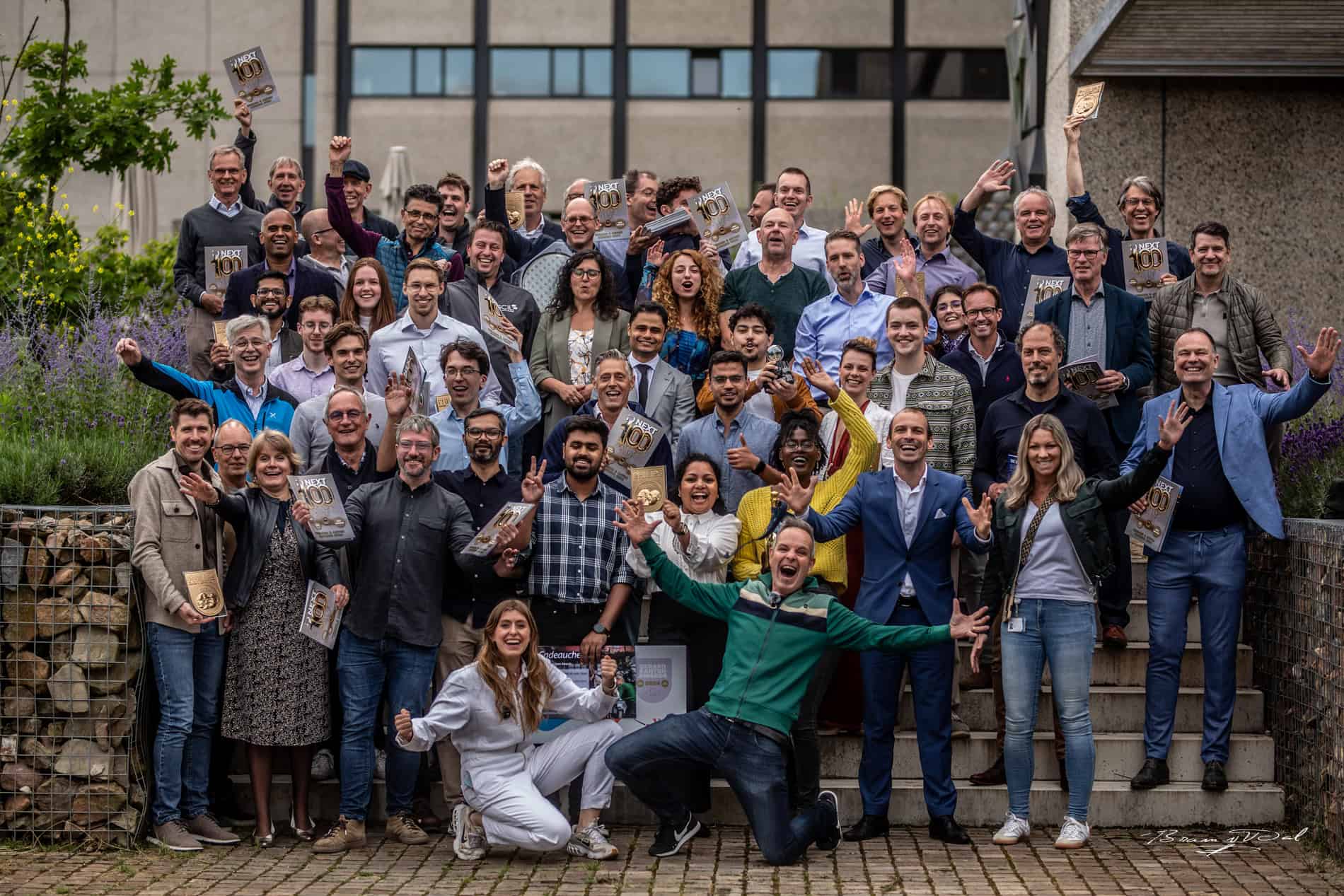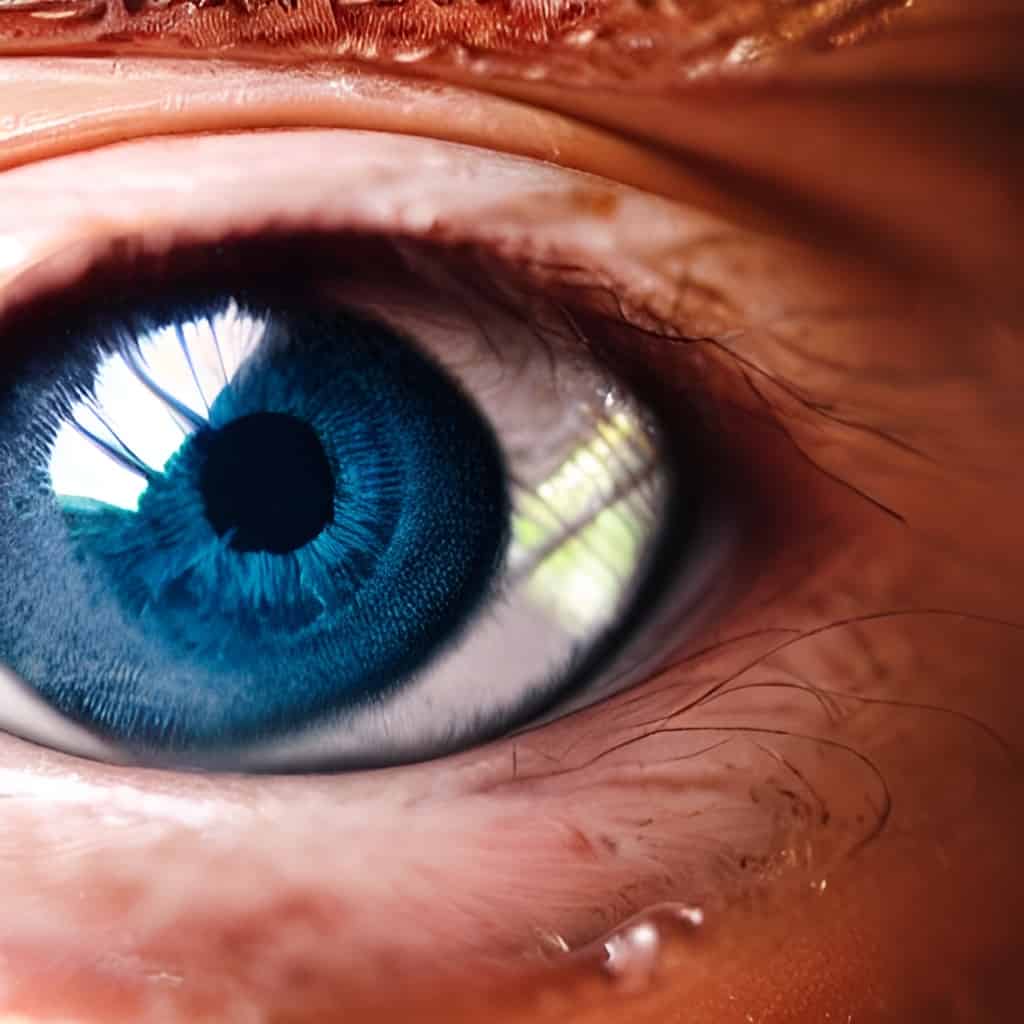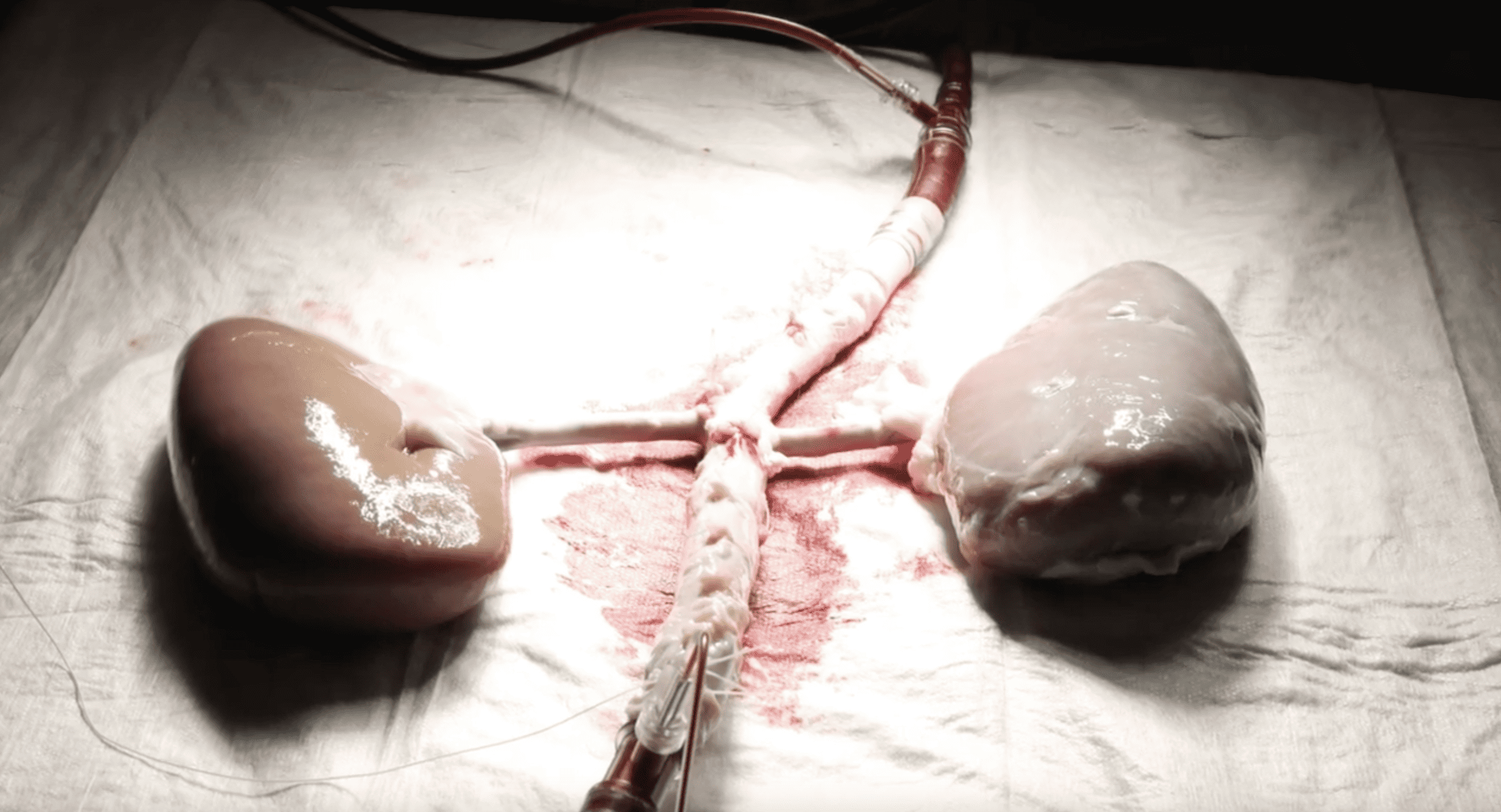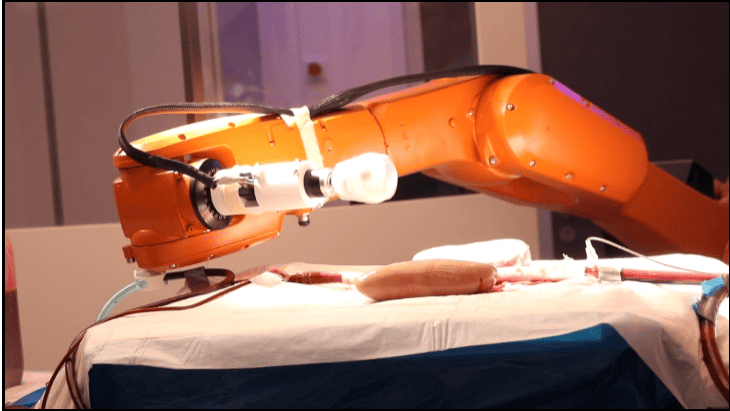
As the director of Health at the Eindhoven University of Technology (TU/e) and the figurehead of the Top Sector Lifescience & Health, Carmen van Vilsteren is a driving force in the field of innovation. She brings researchers and industry together to collaborate on new innovations, “because otherwise we won’t get there on our own.”
She graduated as an industrial designer and worked at Philips as a project leader on geometries, the moving parts of a cardiovascular X-ray system. These types of large equipment are used to get a clear picture of the blood vessels of people, for example for angioplasty. One of these systems came on the market in 1997. There is now a whole family of equipment for blood vessels in the heart and brain, among others. “Every second a patient is being treated under this machine somewhere in the world,” Van Vilsteren states.
The process
Van Vilsteren stood at the cradle of this groundbreaking innovation. Why does she find so interesting about it? “The entire innovation process. It starts with an assessment of market demands and the application. Following technological research, a product is established and you then introduce it to the market. After that, you can get feedback from customers and the process starts all over again,” Van Vilsteren explains. “Sometimes trade-offs have to be made between technical pros and cons and user pros and cons. Finding the right balance is what makes this work so interesting.” Innovation in public health has become a thread running throughout her career.
“We have a good price/quality ratio in healthcare in the Netherlands. We are one of the countries with the best quality of healthcare while from a global perspective, we don’t spend the most money per capita”, says Van Vilsteren. “But there is also a lot of room for improvement, as such, healthcare could still be a lot more efficient.” Whenever people with symptoms come to a specialist, doctors do a number of examinations that fall within their domain in order to determine the cause. If that doesn’t work, patients are sent to another specialist and often everything starts all over again. “This is not only inefficient, but also extremely stressful and incomprehensible for the patient,” she points out.
Analyzing data
“Van Vilsteren continues: “This could be done more simply by analyzing data and thereby finding correlations in the clinical pictures.” She gives an example: “We know that women who have had high blood pressure during pregnancy are more likely to have cardiovascular and sleeping problems later on. We can only gain these insights by analyzing large amounts of data whereby data from various medical disciplines are combined.”
The data must then be accessible and moreover, it must be able to be collected and analyzed. This is not always easy, partly in view of the Dutch privacy law. Despite that, we are making significant steps at the moment. According to her, digitalization in the healthcare sector has been given a boost by the corona crisis. “We are not only talking about digital communication such as online appointments, but also about remote monitoring and global data platforms.”
She explains that data from corona patients on the Intensive Care Units at different hospitals is now being combined. “This gives a much more complete picture of the progression of the disease. For example, if a patient’s heart rate increases, they know from the data that something will happen to their breathing in about an hour.” According to her, these kinds of correlations only become visible when data from different hospitals are brought together. “This means that hospitals can now look at a suitable treatment for each patient, whereas previously there was a single standard protocol for all patients.”
Personalization
This also touches on another trend in healthcare, personalized treatments, Van Vilsteren states. Data also plays an important role here. Eindhoven Medtech Innovation Center (e/MTIC), where Van Vilsteren is chair of the Steering Committee, is building a data portal for data on healthcare that e/MTIC partners will be able to access. Van Vilsteren adds: “Data can be used to establish correlations at the public level, but this can also be done at the patient level.”
There are already several examples of ways to match healthcare to the body and needs of a particular patient. Biotechnology, for example, makes it possible to tailor the amount of medication for each patient. There are technologies and treatments that even go a step further, for example, so-called Advanced Therapy Medicinal Products. This involves taking a number of cells from the body, which are then treated outside the body. After that, they are returned to the patient’s body, e.g. in the treatment of cancer. “That’s a very individual principle that we will be working towards more and more in the future,” she notes.
Early diagnoses
Lastly, there is a third trend that the Netherlands will focus on over the coming period: Early diagnosis and treatment. Van Vilsteren: “By monitoring someone closely and analyzing data, we can intervene at an early stage if something goes wrong. Therefore, this can be a personal treatment that is likely to respond better than is the case with the standard protocols.”
Van Vilsteren believes that the healthcare sector is at a tipping point. If digitalization is continued, there will be room for personalized care that includes early diagnoses. Technological and social innovations are indispensable here. Knowledge institutes and companies are developing a large number of products and services every year that can transform public health and the medical sector. But not everything makes it to the finish line. “Especially for start-ups, it is not a given that your products will actually be launched on the market. Large companies can then either provide support as strategic advisors, or they can adopt the technology and bring it to the market via their own well-beaten paths,” says Van Vilsteren. “A good ecosystem with long-term partnerships is important for innovations in order to truly change the world.”
This article is part of the ‘Innovation leaders’ series. You can find the other stories here.








